School Bus Safety Measures
We all know that the school bus is the safest way to transport your children from home to school and vice versa. Recent studies show that there is only 1% chance that the school bus gets into an accident, this shows that taking the school bus is much safer than travelling by car, bike or even on foot.
Listed below are some important safety features for buses to keep children safe.
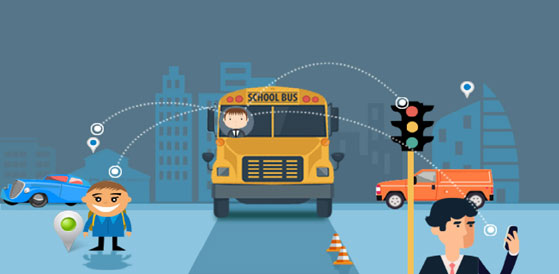
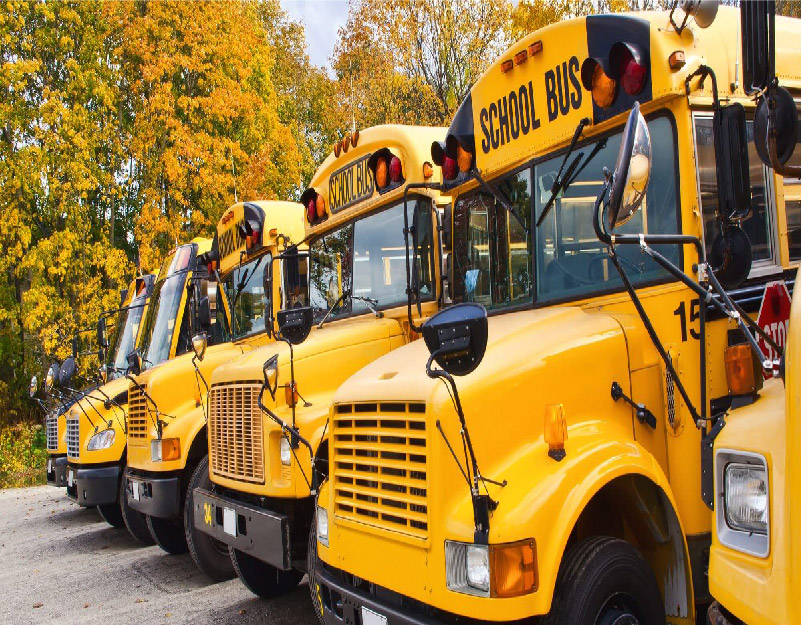
Advanced Visibility
School fleets are required to be painted school bus yellow. Painted with bright colours school bus would be highly visible to both pedestrians and other motorists. Extended stop arms and flash lights are also installed to ensure student safety.
Regardless of the direction, other vehicles are not allowed to overtake or pass by the school bus when the stop arm is extended.
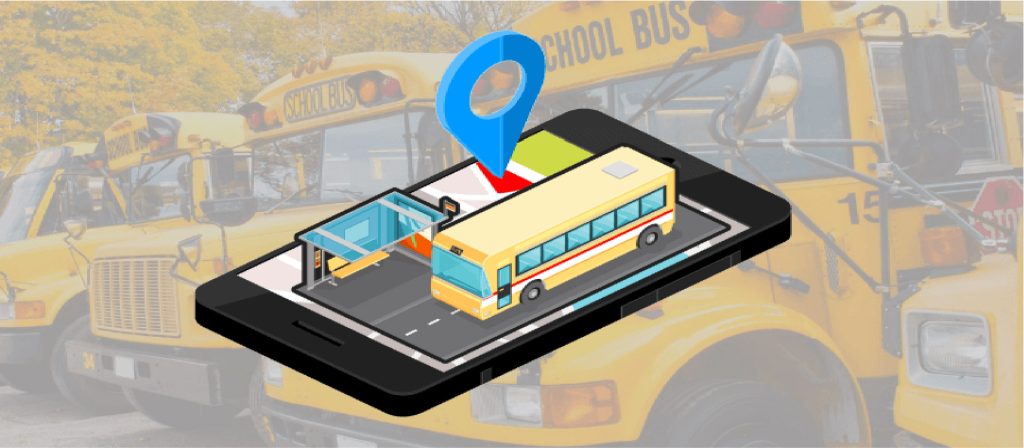
GPS
Installing Buses with high-end GPS system will keep the drivers bound to the laid out route and established speed limits.
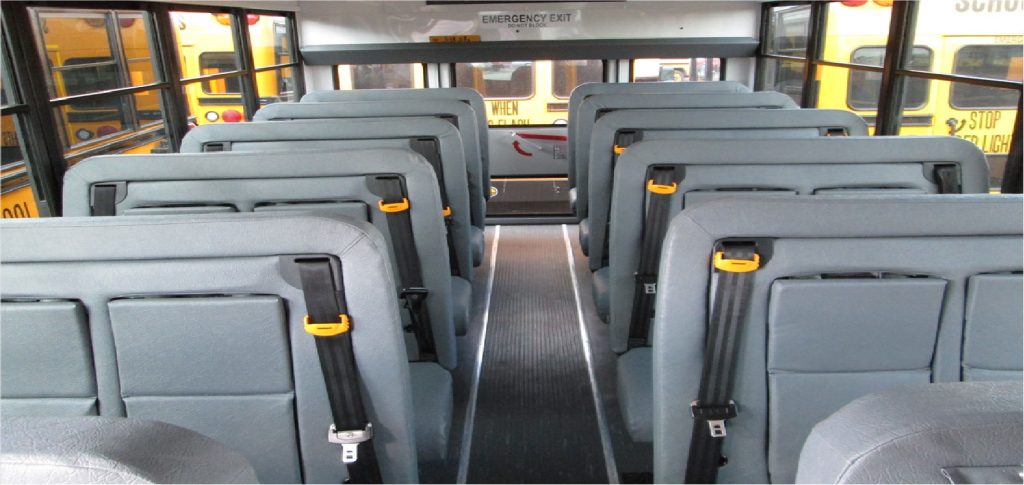
Anchored Seating
Unlike other Passenger vehicles, school bus seats are specially designed and well anchored in their places. With high backs and heavy padding, school bus seats are secured in case of a crash or any other rare situations.
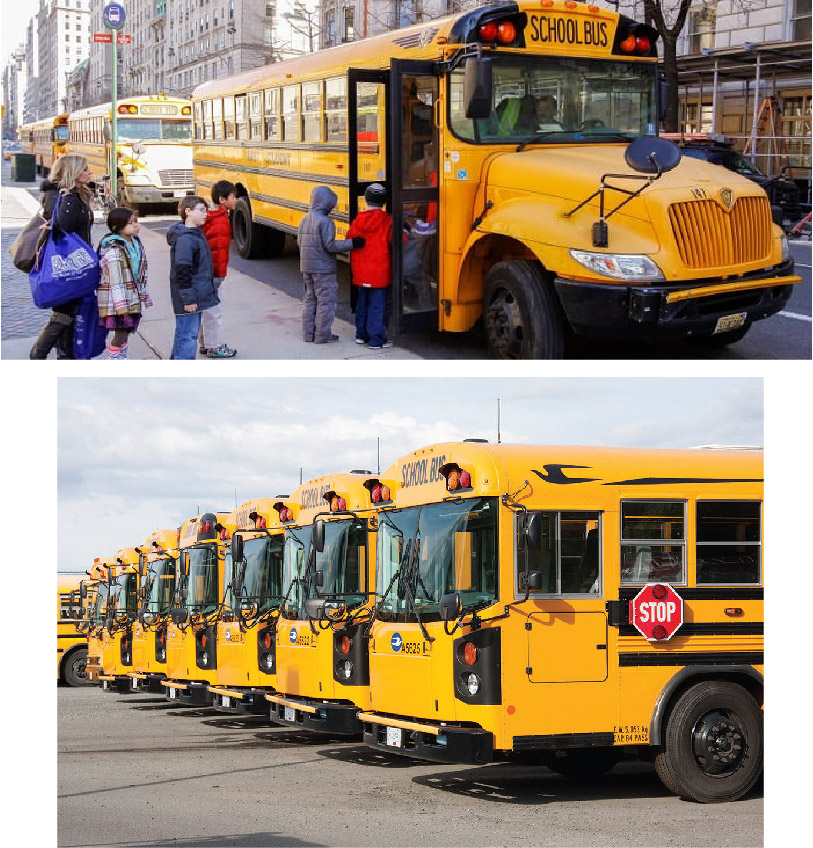
Compartmentalization
Unlike passenger cars and light trucks school buses are designed specially to overcome the impact effect of a collision. With Closely spaced seats and specially designed seat backs which can absorb the energy of the impact generated by a crash will be distributed through the vehicle in a different manner.
Because the school buses are larger and heavier they use a different type of crash protection from other passenger vehicles thus they do not require seat belts.
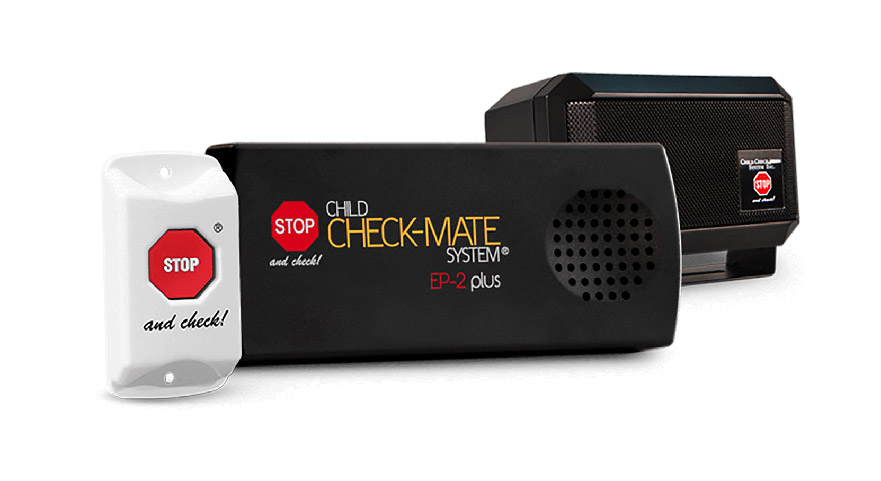
Student Check-Mate System
After long hours in schools, students are prone to fall asleep in school bus especially if their travel time is lengthy.
Keeping this case in mind school buses are integrated with an onboard electronic system which reminds the driver to check the vehicle for any child who slept the entire trip and missed their drop point.
Mirror Installment
Mirrors are installed in school buses so that school bus drivers can have eyes on all sides of the bus. The most recommended mirrors in school buses are
- Rear-view mirror (Interior)
- Right convex mirror
- Left convex mirror
- Top-left glass mirror
- Top Right flat glass mirror
- Right cross-view mirror
- Left cross-view mirror
Mirrors should be placed in a manner that the driver is able to see the nearby pedestrians, motorists and other subjects on road. The mirrors should be placed in compliance with the motor vehicle safety standards and should not be a hazard for other vehicles on road.
Fire Extinguisher
School fleets are advised to install fire extinguishers to suppress the fire if it occurs. Running vehicles catching fire is not unheard off; there are several reasons for a vehicle to catch fire such as oil leak, mechanical or electrical impairment etc.
Heat sensors are established on the buses to monitor the temperature level inside the vehicle. When the heat level exceeds a certain limit the alarm goes off and the fire extinguisher is released to stamp out the fire.
A minimum of one 2 1/2 pound dry chemical type fire extinguisher should be mounted in a bracket, besides the driver compartment in a manner accessible to the bus driver/attendant.
First Aid Kits
chool buses are recommended to carry a Grade A metal dust-proof first aid kit.
First aid kits come in handy in case of unfortunate injuries caused to the students inside the bus. First aid kits should be mounted in full view or labelled in an accessible place inside the driver compartment.
- First aid kits are required to have the following materials
- Adhesive tape rolls
- Sterile gauze pads
- Adhesive bandages
- Bandage compress
- Sterile gauze roller bandages
- Non-sterile triangular bandages
- Sterile eye pads
- Rounded-end scissors
- Pair latex gloves
- Mouth to mouth airway
Some school buses also have installed removable and moisture proof body fluid clean-up kit in case of emergencies.
Windows and horizontal bars
Not every school bus has the audacity of a bus attendant. In some school fleets, bus drivers are the only ones to keep an eye on the students.
Children especially the younger ones have the tendency to put their head/hand or any other object outside the running bus and injure themselves.
To prevent such situation school fleets are manufactured with horizontal bars across the window keeping the children inside the bus protecting themselves and other motorists on road.
Emergency Exits
In case an emergency arises where the students have to be evacuated from the bus, there should be more than one emergency exit inside the bus for safety.
The emergency exit is provided with a monitoring system that delivers an Audio/video Output to the driver when the emergency exit is opened. Expanded Emergency exit allows students to quickly and easily evacuate.
Special Locks and Gate Arms
Students can walk in or walk out of the bus using the gate arms embedded on the front of the bus guarantying that bus drivers can watch the students at all times.
When in motion school bus doors should be securely locked. School buses should use dead bolt locks on the exits from reliable manufacturers and must satisfy the safety standards.
CCTV
By implementing CCTV surveillance in school buses drivers are able to get a good view of what’s happening inside and outside of the school bus. The recommended camera’s to be installed in school buses include
- Camera monitoring the driver
- Two cameras for student surveillance one at the middle and the other at the end of the bus
- The camera’s at the left, right and back of the bus to get a clear look at the approaching traffic
- A dash camera with video recorder recording every instance of the trip
With video recording there exists a well-documented evidence consisting of audio and video feeds from the trip and the driver behaviour. If any conflict arises this video could be used to review and resolve the matter in hand